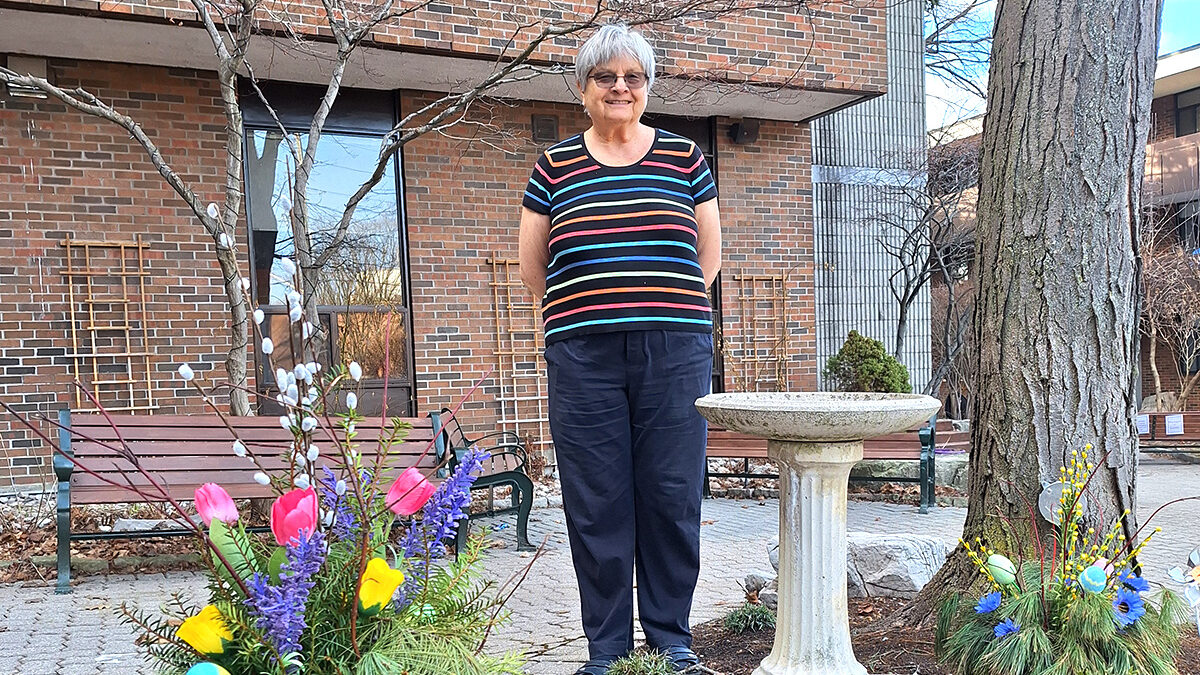Similarities and differences in size and approach
Estonia is currently going through two developments that were the triggers for the study trip. First, the schools that previously used Russian as their language of instruction are required to transition into 100% Estonian instruction within the next six years. Secondly, there is increasing migration from all over the world to Estonia. As the country is becoming more affluent and trying to attract professionals, especially IT specialists, Estonian schools need to be prepared for more diversity. In addition, the war in Ukraine has resulted in a large sudden flux of Ukrainian refugee children into Estonia. The principals were also keen to learn about the employment and working conditions of Ontario principals as Estonia is currently making reforms to those (e.g. previous tenure contracts are shortened to five years).
Although globally schools all over the world look surprisingly similar and various policies are traveling from one place to another, e.g. Estonia has previously adopted the Canadian language immersion model in some schools, the national education policies and practices tend to express the societal values of that context in that moment in time. In Estonia, there is more emphasis on success, examinations, academic skills and Estonianness, while the current Ontario system emphasizes equity, well-being, diversity and multiculturalism. There are big differences in the cultural diversity, immigration and size between Estonia and Ontario. All of Estonia’s approx. 600 schools could fit under the Toronto District School Board (TDSB) which is just one, although the largest, of the 72 school districts in Ontario.

Learning from the Ontario multilingual policies and practice
Despite the differences in size and context, seeing different practices and approaches is a good tool for self-reflection and learning. One key lesson for the principals was a positive approach to using multiple languages as a tool in teaching and learning. This is visible for example in the Canadian originated idea of “language friendly schools” which aims to have the home languages of pupils as part of the curriculum and pedagogy. This is an opposite trend of the Estonian transition towards a unilingual school. Research in Canada has shown that a starting point for successful language learning is that multilingual pupils feel that their home language and culture is valued; they see themselves as part of the state and its official language(s); that they have confidence to express themselves in a new language without being judged; and they can make decisions based on their strengths and interest. It is to be seen if some of those principles can be adopted and adapted to the Estonian forthcoming transition to Estonian language instruction.

Starting point for a mutual learning
In the reflection after the trip the principals seemed to be most surprised about the open immigration policy and the many-sided support to new immigrants within the education sector, as well as the research-based pedagogies and well-managed sector reforms. The different support systems offered to struggling students, the inclusive models of vocational and academic skills, variety of individual study paths, involvement of parents etc. were aspects where the principals could see both differences and similarities and examples to learn from. A lot of everyday challenges of school leaders seem to be the same both in Ontario and Estonia. How to motivate students from more challenging socio-economic backgrounds, how to integrate students with special needs, how to curb vaping and disruptive use of mobile phones and how to manage the ever-growing expectations for education to solve societal problems and support the growth of every student seem to be common challenges to schools globally.
The education committee of EKN was happy to host the Estonian principals for this mutual learning experience. Various new cooperation ideas grew out of this encounter which will be explored in the months to come. A new group of principals from state run high schools is also planned to take place at the same time next year.






